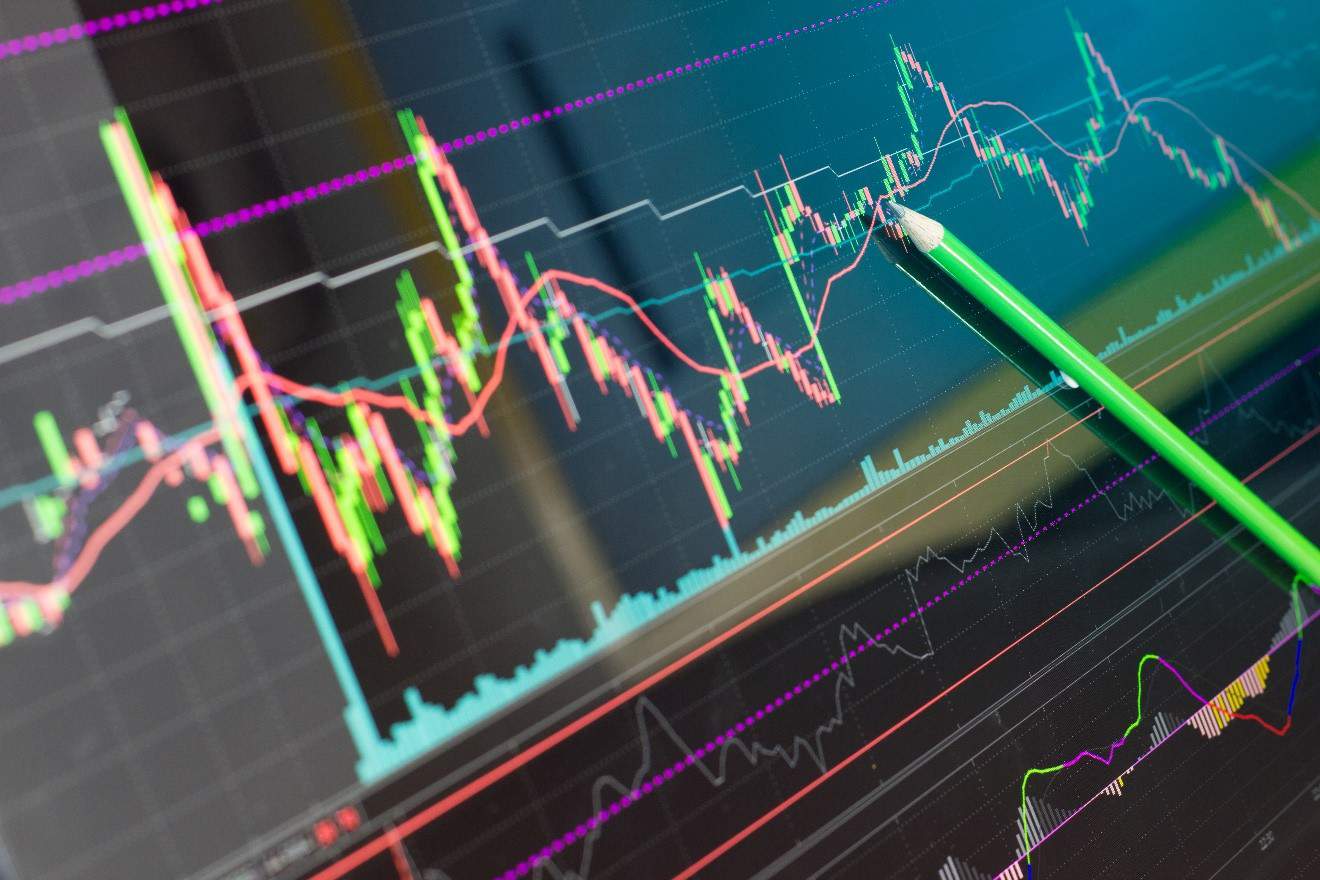Leveraging Economic Indicators to Predict Currency Trends
In the fast-paced world of Forex trading, economic indicators are invaluable tools for predicting currency trends and understanding market dynamics. These indicators provide insight into a country’s economic health, influencing the supply and demand of its currency. Traders who can interpret these signals effectively gain an edge in anticipating market movements and developing winning strategies.
The Importance of Economic Indicators in Forex
Currencies are deeply tied to the performance of their respective economies. Economic indicators—quantitative data points released by governments or independent organizations—offer a snapshot of an economy’s current state and future prospects. When these indicators align with or deviate from market expectations, they can trigger significant currency price fluctuations.
For example, a stronger-than-expected GDP report for the US often boosts the US dollar as it signals economic strength, whereas weak employment numbers might lead to dollar depreciation.
Key Economic Indicators for Forex Traders
Gross Domestic Product (GDP) – GDP measures the total value of goods and services produced in a country, providing an overarching view of its economic health. A rising GDP generally signals a growing economy, which can strengthen the local currency. Conversely, declining GDP suggests economic contraction, leading to potential currency weakness.
Inflation Data – Inflation, often measured through the Consumer Price Index (CPI) or Producer Price Index (PPI), reflects the rate at which prices for goods and services rise. Moderate inflation is typically positive for a currency as it indicates healthy economic activity. However, excessive inflation can erode purchasing power, potentially weakening the currency.
Employment Reports – Employment data, such as the US Non-Farm Payrolls (NFP), provides insight into labor market conditions. Strong job growth signals a robust economy, supporting the local currency, while weak employment data can indicate economic struggles, leading to depreciation.
Interest Rate Decisions – Central banks adjust interest rates to control inflation and stimulate or cool economic growth. Higher interest rates attract foreign investment, boosting demand for the currency, while lower rates can lead to outflows, weakening the currency.
Trade Balance – The trade balance measures the difference between a country’s exports and imports. A trade surplus often supports the local currency, while a trade deficit may lead to depreciation due to higher demand for foreign currencies.
How to Use Economic Indicators in Forex Trading
- Stay Updated on Economic Calendars
Economic calendars list upcoming indicator releases and their expected impact. Knowing when reports like GDP, CPI, or interest rate decisions are due helps traders anticipate potential volatility and plan their trades accordingly. - Analyze Expectations vs. Reality
Markets often price in expectations ahead of an economic release. Compare the actual data to market forecasts—surprises can cause sharp movements. For instance, if inflation is higher than expected, traders might anticipate central bank tightening, strengthening the currency. - Understand the Broader Context
Economic indicators don’t operate in isolation. Consider how a single data point fits into the broader economic picture. For example, strong employment data may have less impact if inflation is high and a central bank is already tightening monetary policy. - Combine with Technical Analysis
Pair economic data with technical tools to refine your strategy. For example, use support and resistance levels to identify entry and exit points when a major indicator release aligns with a broader trend.
A Practical Example
Consider a trader analyzing EUR/USD before a US Non-Farm Payrolls release. Market expectations forecast 200,000 new jobs, but the actual report shows only 150,000. This weaker-than-expected data signals potential economic slowing, leading to a sell-off in the US dollar. The trader, who anticipated the possibility of a weaker result, enters a long position on EUR/USD, capitalizing on the market reaction.
Economic indicators are essential for predicting currency trends and building a successful Forex trading strategy. By understanding the implications of key data points and combining them with broader analysis, traders can anticipate market movements and make informed decisions. While interpreting economic indicators requires practice and context, mastering this skill opens the door to more consistent profitability in the dynamic world of Forex.


Post Comment